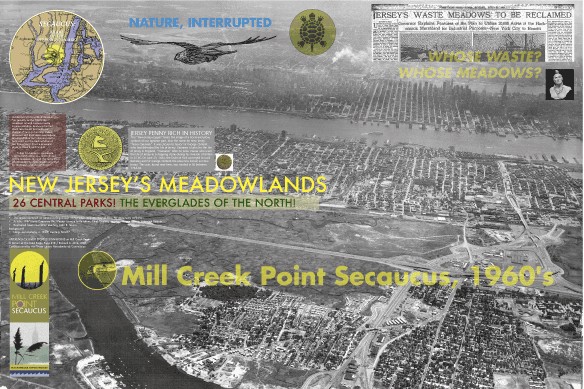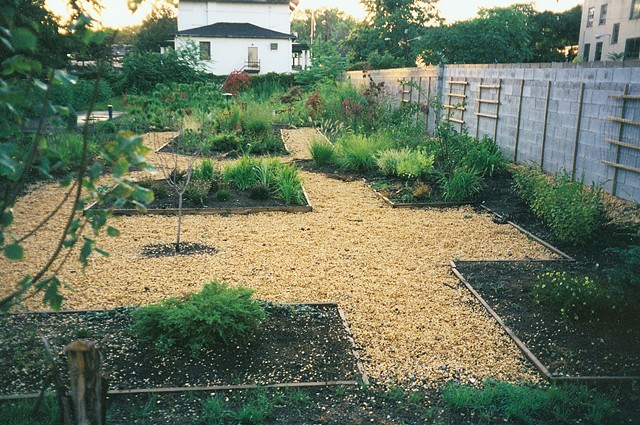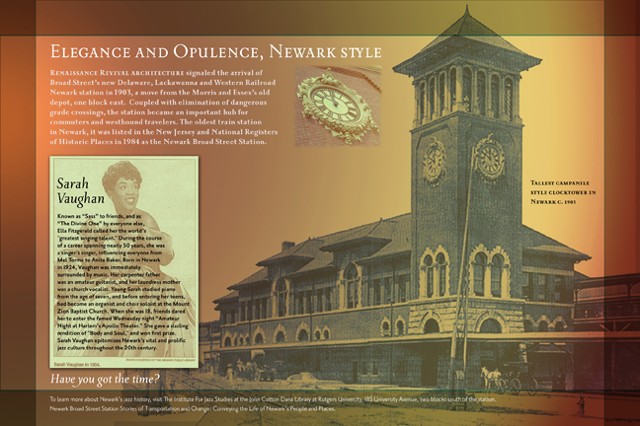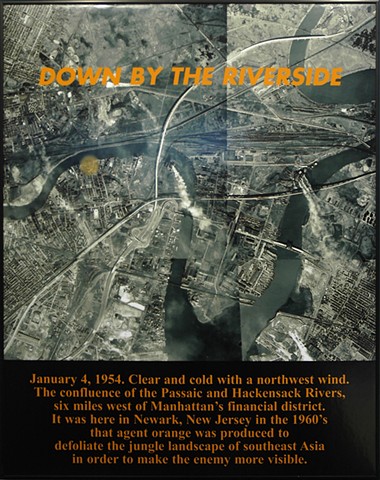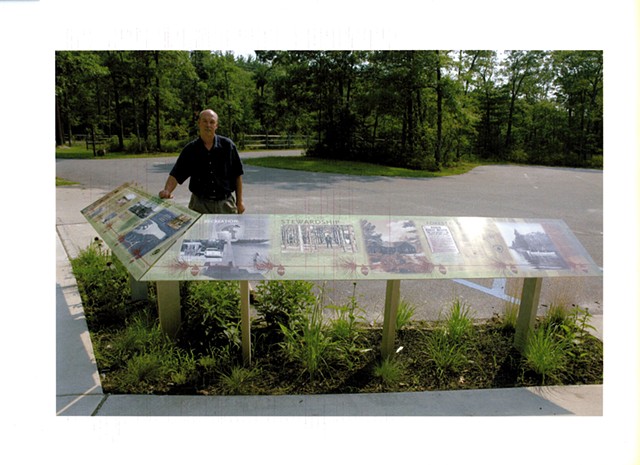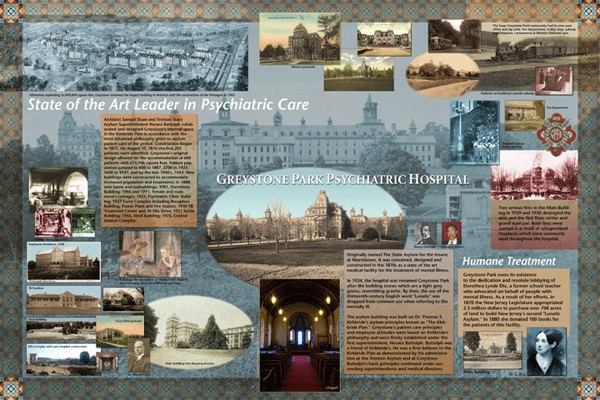environmental art - ecoart public art
1996-2010: Reflections on environmental art
I had always relied upon both the solace and joy offered by my connection to and observation of the natural world. The presence of nature’s light and textures, rhythms, and webs of mystery – and my delight in all her diversity – sustained me through many years. I attribute my sensitivity to place – and in particular “the wet landscape” – to my first happy years in East Rockaway, on an estuary on the south shore of Long Island, New York, where I boated, explored, swam and fished. Bearing witness to the rapid decline of water quality as Nassau County hyper-developed in the 1950’s was also part of this experience.
Until 1996 I made paintings and prints that were representations of landscapes; special places that recalled for me that lost intimacy with nature. With hindsight, my efforts represented more of a personal narrative than formal exploration. As an artist living in the most densely developed region of the most densely populated state (New Jersey) in the US, where open space and wetlands have historically been targeted for draining, filling, dumping,
developing and paving it’s a wonder it took as long as it did for my work to shift into crisis mode and to consider myself an environmental artist. Somehow I had bought the line that art and activism can’t mix. I credit my own dawning intuition – that indeed they can and should, to the art, writing and activism of a growing legion of committed feminist artists (see http://www.weadartists.org for starters) with my change in focus. And to environmental activists like Bill Sheehan, Hackensack Riverkeeper.
When I was a young man the question was always who am I? It became: Just where the hell am I anyway? The evidence of where and who we are and how we are connected to the earth seemed to be erased everywhere. Our collective, arrogant, ego-sprawl manifests itself in sprawling mega-armies, mega-technology and mega-development. As Edward Abbey points out “growth for the sake of growth is the ideology of the cancer cell”. Our twentieth century agenda of progress turns out to be not so progressive after all. One work of this period included Rockwell Kent’s 1954 woodcut entitled ”Enormous New Machines Make Men Master Over Nature”. Really?
Starting literally in my backyard, my work evolved into an activist aesthetic that attempted to reconnect people to places and stewardship through a public art process of responsive interpretation, education and community engagement. After private garden building that eventually oozed into an adjacent public park; subsequent service on the local Parks Board, Planning Board, and Environmental Commission; collaboration with a nearby Town building a community garden – finally riparian restoration work on the Hackensack River Greenway lead to a turning point (see Margot Lovejoy’s http://www.myturningpoint.com – personal vision #16).
I began to research local environmental, topographic and cultural place histories, which formed the basis for my new work. With the help of my students, we expanded my printmaking skills into the digital realm with layered, collaged enviromental narratives with text. These were sited outdoors in damaged and recovering public places. With much help, I assembled digital archives: historic maps and atlases, aerial and satellite images, photos, postcards, oral histories, newspaper articles, essays on local biota, transportation history, early settlement patterns, land use deals, fisheries reports, census records, anything I could find to reveal the drama of unplanned growth’s effects on our environment. I included newly found skills as a presenter before regulatory agencies as part of an aesthetic arsenal. I saw the shift from a go-it-alone mentality of the studio/gallery system to an emphasis on a collaborative approach with all segments of the local community—as well as technical and aesthetic partnerships with artists, design professionals, funders and planning officials—as a major shift in approach to the landscape. The practical realities of establishing community credibility, of starting at home – answering Lucy Lippard’s call to heed the lure of the local – was my new direction. For artists this is a model worth considering.

